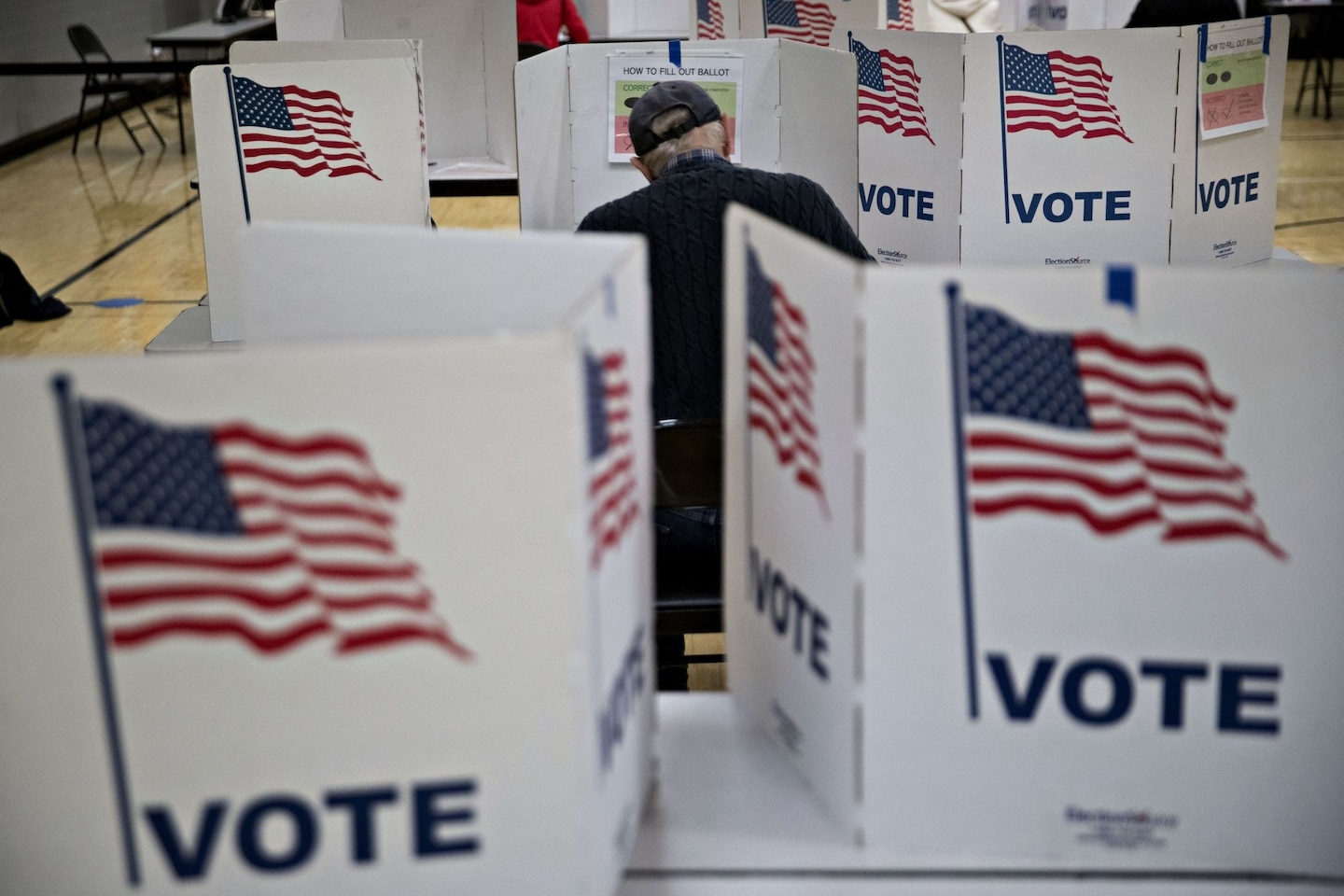Sorry, Republicans. The polls really are that bad.

It’s also important to note that the Republican share of the sample in these polls has not changed much since the days in late February or early March before the pandemic hit the United States. A breakdown of the data is available for that period for two of those five polls, Fox News and The Washington Post/ABC News. The share of Republicans did not change more than one point on average in either poll between then and now. Three other polls that are currently not in the RCP average — Emerson, the Wall Street Journal/NBC News and Monmouth — also have data available for pre-pandemic and current periods, and the share of Republicans in those samples has dropped by an average of one point in that period. Yet in each poll Biden has gained significantly against Trump. Again, partisan composition of the sample does not explain Trump’s fall.
There is one factor that explains Trump’s decline: independents. Five polls in both sets breaks down support for Trump and Biden among Democrats, Republicans and independents. Democrats and Republicans have barely changed over this period, although Trump does get between two and eight fewer points of support among Republicans today than he did before the pandemic. The real change is among independents. Before the pandemic, they either backed Trump or backed Biden by a narrow margin. Today, Biden leads Trump among independents by between nine and 17 points. This massive shift explains why Trump has gone from trailing Biden by five points on March 4, the day after Biden’s Super Tuesday romp, to nine points today.
Republicans inclined to dismiss the polls entirely because of 2016 are also off-base. The polls weren’t wrong in 2016; they were just misinterpreted by virtually every analyst. One could have adjusted for well-known patterns in voter behavior and arrived at the right result. That’s what I did in my pre-election predictions, which said Clinton would beat Trump in the popular vote by a 48-to-47 margin (she actually won 48 percent to 46 percent). The truth was hiding in plain view the entire time; it was the pundit class, not the polls, that failed.
The key to interpreting the polls in 2016 involved knowing how voters who say they are undecided or voting for a third party tend to behave on Election Day. Undecided voters tend to break heavily against the incumbent, and in 2016, Clinton was the de facto incumbent seeking to succeed President Barack Obama. Between one-third and half of people who say they will back a third-party candidate normally end up not doing so, and they break heavily back toward the party they normally support. In 2016, the bulk of third-party voters were Republicans unhappy with Trump. In the end, both factors helped give Trump a last-minute surge, a surge that confounded the experts and gave him the victory.
This year is different. Trump is the incumbent, and the undecided factor now weighs against him. If a voter is undecided on Nov. 3, she is very likely to back Biden. There are also few unhappy Republicans planning to throw their vote away this year. At this point in 2016, 7 percent of voters said they would back the Libertarian candidate, Gary Johnson, the former Republican governor of New Mexico. Now, Libertarian candidate Jo Jorgensen barely registers in polls. Indeed, one poll in early June found her getting a mere 1 percent of the vote, on par with what Libertarian candidates received before 2016. There is no secret pool of Trump-leaning voters to save him this go-round.
The polls tell a harsh but largely accurate story. Trump and the GOP are losing because independents who might have backed them have turned away in the aftermath of the pandemic and the killing of George Floyd. To win, or just to make it close, the president and his party have to win them back. That, not carping about the polls, should be what they spend their time doing.
Watch more Opinions videos:
[embedded content]
Read more:






